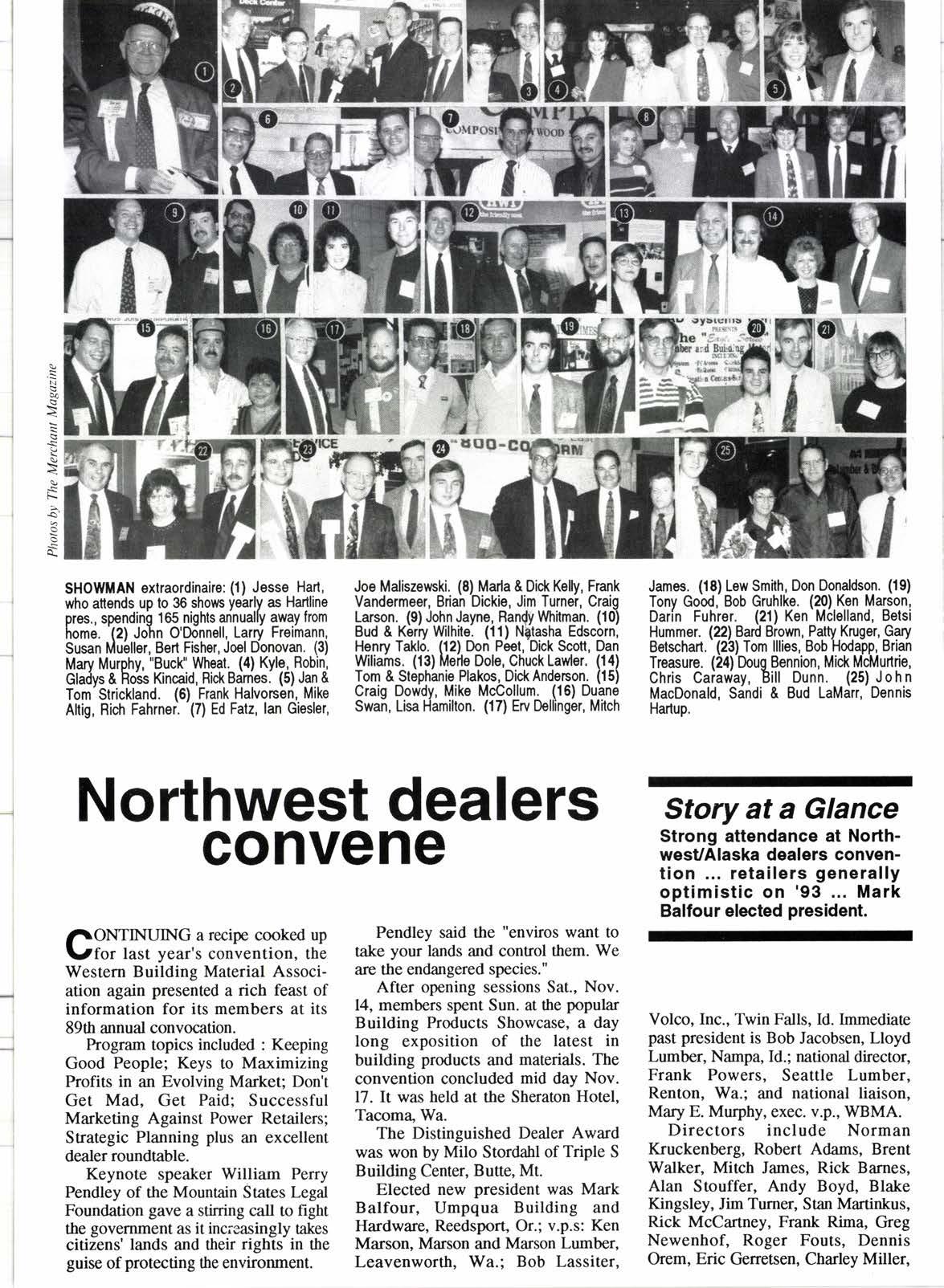
1 minute read
The anatomy of inventorV managemefit
By Wally Lynch P.A.I.D.Associates
may be mothering four or five thousand SKUs.
The merchandise manager, buyer or deparunent head is the second driver in the profit race. He is responsi-
Story at a Glance
How to divide inventory management into easy to manage parts and subdivlsions profit race begins with finance, ends with operations.
ble for turning dollars into product that can be resold at a profitable gain for the company. His job has a series of tasks that must be Performed in specific sequence.
Product Selection: Identifying assor0nents and items that meet customer needs and setting up vendors and suppliers o provide timely availability, quality and price/value relationship necessary to generate profits.
Plan to SeIl: Any idiot can sPend money, but it takes a merchant to sell at a profit what has been purchased.
Pricing: Every item has to have value in the eyes of the customers.
January 1993
The price point must represent a good deal for both buyer and seller. Mark downs and substitutions are part of this process as are cost/price invoice variations.
Display: Product lines must be presented to the customer in a pleasing and acceptable manner with a place or space for every item sold.
Point of Purchase Activities: Merchandise has to be clean, properly signed or'tagged and in reach of the customer.
Advertising: Tells customers features, benefits and prices of merchan- dise in the most effective way affordable.
Sales Promotion: Non-advenising activities that produce business, such as contests, workshops, seminars, in store specials.
Sales Management: Responsible for sales activities, product knowledge, guarantees, features, benefits, closings, etc.
The third driver in invenlory management is the operations manager, unit control manager and/or management information systems rnanager, or all three. They're in charge of han- dling products from dockside to actual disbursement to the customer.
They are the bridge between financing, merchandising and operating where items are counted, sales tallied, model stocks checked and orders placed. This is done manually or mechanically, cyclically or seasonally or as needed. Finance becomes a check against budgeted purchases and operating looks to see that the units bougbt are in line with past unit sales.
(Please turn to page 46)










